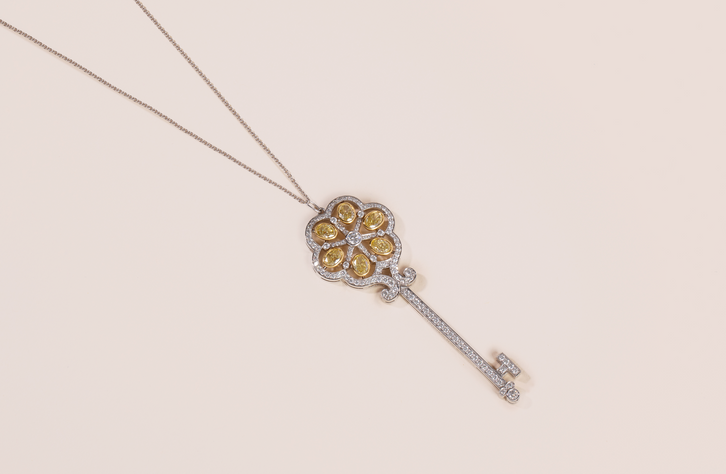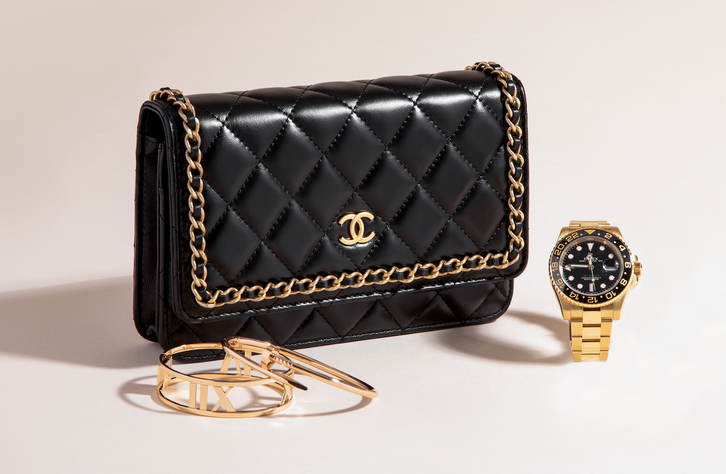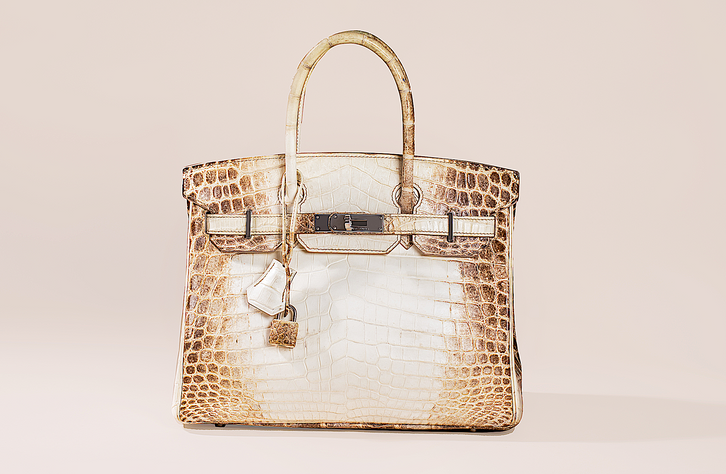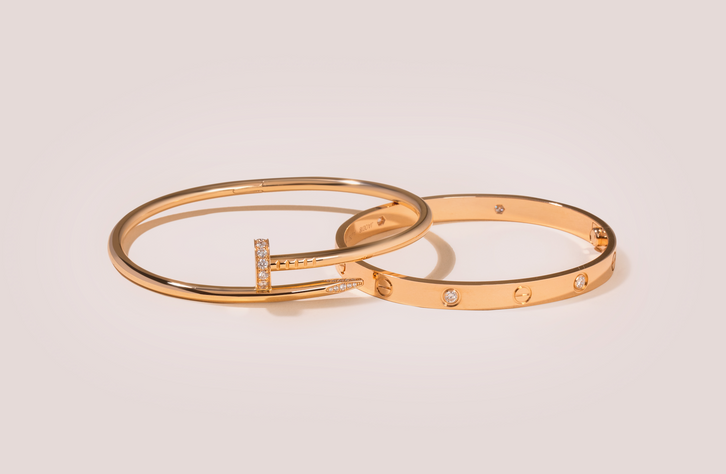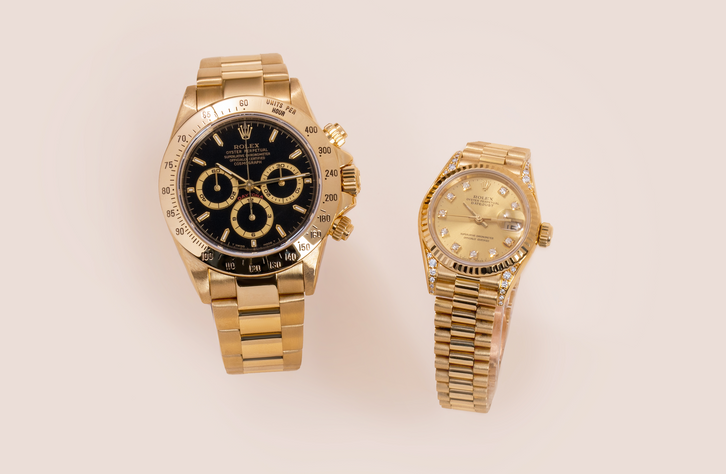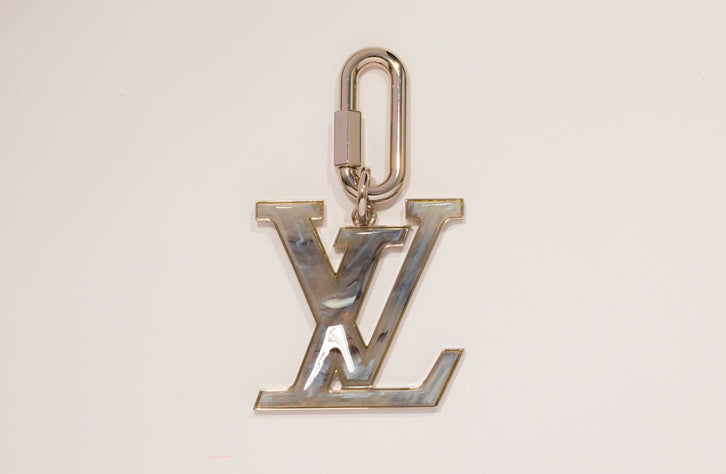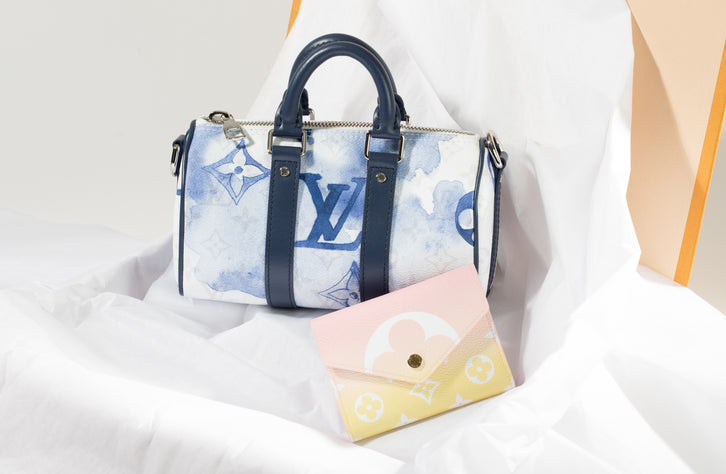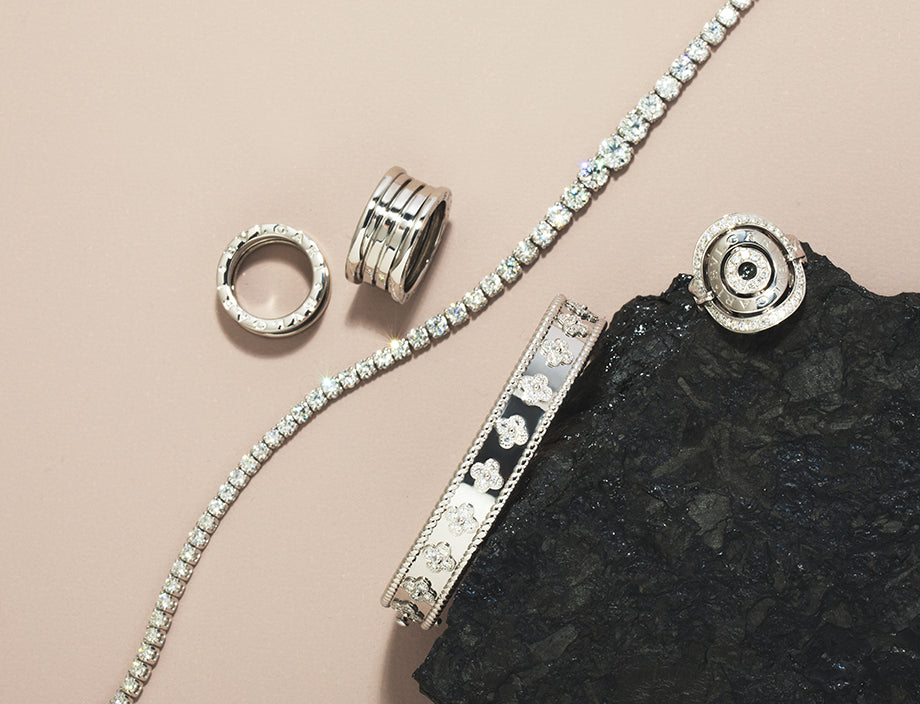At myGemma, we pride ourselves on giving quick and accurate diamond price quotes based on the information we receive from each client. We know that selling your beloved piece of jeweler is scary and a bit intimidating, but hopefully after speaking to us you will realize that you are in goods hands. We cannot however provide a single price on every item before we see it in person. So let's take a closer look at the difference between diamond price estimates and and firm offers.
Diamond Price Quotes vs Firm Offers
Diamond price quotes are a price range that we provide before seeing the stone. We base this on the information that you have provided, either from a diamond certificate or appraisal. We grade diamonds to the GIA standard (Gemological Institute of America), some diamond certificates or insurance appraisals differ from the GIA standard. And the price range is to cover for that eventuality.
Firm offers are the price given once we have seen and physically examined the diamond. This firm offer is the exact amount that you will receive. There are no hidden fees or commissions deducted by myGemma. You can receive this in cash (appointment only), by check or wire.
The Importance Of Diamond Certificates & Appraisals
Certificates provide us with vital information on diamonds, including the 4 C's: color, cut, clarity and carat. These are not the only factors that determine the price of a stone but are the core information that allow us to provide a diamond price quote. Certificates are the closest thing we have to a guarantee in this industry, and still we have seen stone damage on certified pieces or treatments done to diamonds after they were graded. As such these can only take us so far when narrowing down our price ranges.
The Diamond Evaluation Process
Estimating a price range is not as easy as reviewing the details on a certificate, that is just the beginning. There are many layers to the valuation process. It starts by using the relevant appraisal or certificate information to get an idea of what the item looks like. We then dive deeper into: angle and proportions of the diamond, light reflection and how much the diamond sparkles as well as florescence and any cloudiness in the stone. We also consider any possible treatments, like laser drilling, fracture filling or the stone being made of synthetic material. Inclusions need to be reviewed to see if they reflect within the stone or they are positioned in an unnoticeable area.
Most diamond certificates contain a plot, which diagrams the location and type of inclusions or blemishes involved in a diamond. A plot gives our gemologists a 2-dimensional version of the diamond and its characteristics. Final inspection of the diamond allows them to grasp all the information in relative terms: how the inclusion reflects inside of the diamond, the color of the inclusions, and the shape and proportions of any crystal or feathers. This final bit of information is crucial when determining the value to assign your piece of diamond jeweler.
Diamond Grading Laboratories
It is important to note that all labs are not created equal. A diamond that has been certified by the GIA after 2004 has the best chance of receiving a narrow 10% price range from our gemologists. Anything else, which includes older GIA certificates, IGI, EGL USA/International and several other lesser known labs need to be taken with a grain of salt. It’s not uncommon to be off by 1 or 2 color and clarity grades with a diamond from a second tier laboratory. Our price range needs to reflect that. We cannot buy a diamond based on what a jeweler said it was years ago. The diamond might not have been graded with proper lighting, using the right equipment or even by someone with a diamond grading diploma.
Price Ranges by Laboratory and Jewelers Appraisals:
- GIA certified stones generally have a 20% price range. Our only real concern with GIA certificates is their age as stones graded before 2004 do not have a cut grade, which plays a major factor in determining price (see link to another article).- A price range with an EGL/IGI certificate is given with a 35% window. We often see the large discrepancies with EGL International and IGI certificates from countries outside of the US. They are often very lenient with color grades.
- Unfortunately, Jewelers and Insurance appraisals have the largest window: 35%-100%. This is because most appraisals give a range of color and clarity grades, like VS-SI for clarity and G-I color grades. It’s very difficult to try and provide an initial estimate on something with over 24 combinations of colors and clarities.
How Diamonds Are Priced
Pricing out diamonds and pieces of jeweler is a complex and nuanced process. There are over 25 characteristics that make up the price of a diamond. Our gemologists are specifically trained by the GIA and our jeweler specialists have over 150 years of experience. We put research and energy into every price range. Most customers provide us the minimum amount of information to get a rough idea of what their piece of jewelry is worth.
Some customers don’t understand why we need to provide a price range and not a single price. Many assume that we will always be near the lower end of our range, which is simply not the case. Statistically speaking, based on the 300 items I bought this week, only 6 were at the bottom of the range. And that was due to color and clarities being hugely different and not matching the information provided to us.
When giving a price range we are always optimistic about the piece and try to reflect the best possible price in the top end of our range. The lower end takes into consideration any discrepancies that may become apparent once the ring has been valued. We like to say, the worst case to best case scenarios is what this range represents. This lower end is always changing based on the reliability of the information. For example a GIA certificate will contain a certain amount of reliable information and therefore receives a tighter range. Conversely, with most Jewelers Appraisals the ranges can sometimes appear quite large. But most appraisals don’t account for the same information that a certificate does and don’t apply the same grading standards ad a laboratory.
Instant Offers
The price range serves as a means to manage your, our clients, expectations. Some of our competitors offer specific prices without ever having seen the stone. We do not recommend working with companies that use this business model as these promised prices are not in fact a firm offer. In many cases the final offer will be much lower than the value they were offered. Making a firm offer on a piece of jeweler you have not seen is neither an ethical or smart thing to do. You wouldn’t make an offer on a car without seeing it first. The same goes for diamonds.
myGemma only offers instant offers on a small portion of our estimated diamond items. They are based on an ideal set of characteristics which are our bread and butter diamonds. These stones are between 1.00-2.00ct round diamonds that have ideal cut, polish and symmetry and are certified by the GIA. We have purchased many stones of this caliber over the years and feel confident in making an offer without having to see the item.
Selling Diamonds To myGemma
Many of the customers are concerned with the legitimacy of our company. Which is completely understandable as a first time diamond seller. So a little about us: established in 2012, myGemma has purchased over $100 million worth of diamonds, jewelry and watches last year from customers all over the world. With offices in New York, the UK and Hong Kong, we have an A+ BBB rating and hundreds of online customer reviews. We strive to provide customers with the best possible prices and realistic diamond price quotes and would not have achieved our current success by offering outside of our ranges or having unhappy customers. Our process is fast, free and entirely safe. No pushy sales tactics or dishonest price ranges.
The price range we offer is not meant to scare you or trick you into thinking that we will always be near the lower end. The range allows us to provide clients with a guideline, as what to expect when selling their diamond or jeweler item. Nothing can be known for sure until one of our GIA experts sees the item. We feel that it is our ethical obligation to always put our best foot forward and try to provide you with an idea of the highest possible outcome for your diamond as well as a reasonable worst-case scenario.
